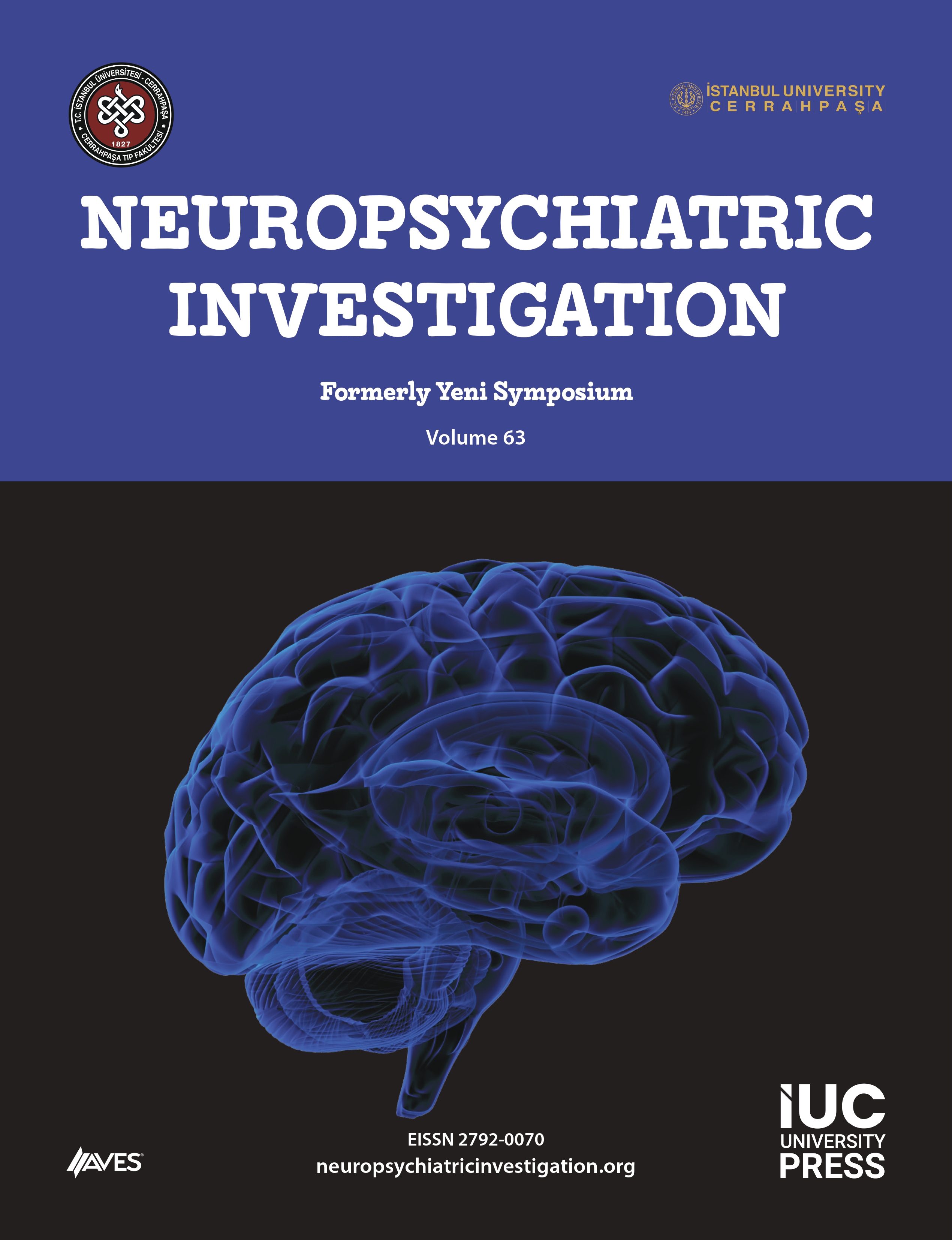Introduction: Somatoform and psychosomatic disorders have long been associated with cardiovascu- lar disease. We examined in a 16-year population the full range of mental, biomedical, and biophysical, temporal hyper-morbidity associated with cardiovascular system diseases. The analysis introduces a novel approach to big-data representation in terms of presenting across dependent groupings the frequency that diagnoses are made within individuals for the full range of independent diagnoses.
Methods: The study employed a 16-year population sample of, the diagnoses of 768 460 individuals (54% female), to examine the full range of international classification of disease diagnoses associated with cardiovascular disease employing odds ratios and proportions to compare within and between groups and temporal differences for the full range of international classification of disease diagnoses for each sex.
Results: Overall and temporal differences were observed across age within both the main classes and the full range of international classification of disease diagnoses for each sex. Comparing the groups with and without cardiovascular disease, the diagnosis frequency ratios of biomedical and biophysical morbidity associated with mental disorders preceding cardiovascular disease at younger ages were greater than the ratio of biomedical and biophysical morbidity without mental disorders preceding cardiovascular disease.
Conclusions: The integration into psychiatric and general education and practice of the consideration of a psychosomatic or somatoform diagnosis, especially in relation to circulatory diseases, also requires examination of the full range of associated biomedical and biophysical diagnoses, as well as the history of the temporal order of biomedical and biophysical disease manifestation within the presenting individual that references population norms.
Cite this article as: Hua Chai P, Cawthorpe D. Cardiovascular disease and mental disorder-associated temporal hyper- morbidity in a population: A novel representation of diagnosis frequency. Neuropsychiatr Invest. 2023;61(2):42-48.




.png)